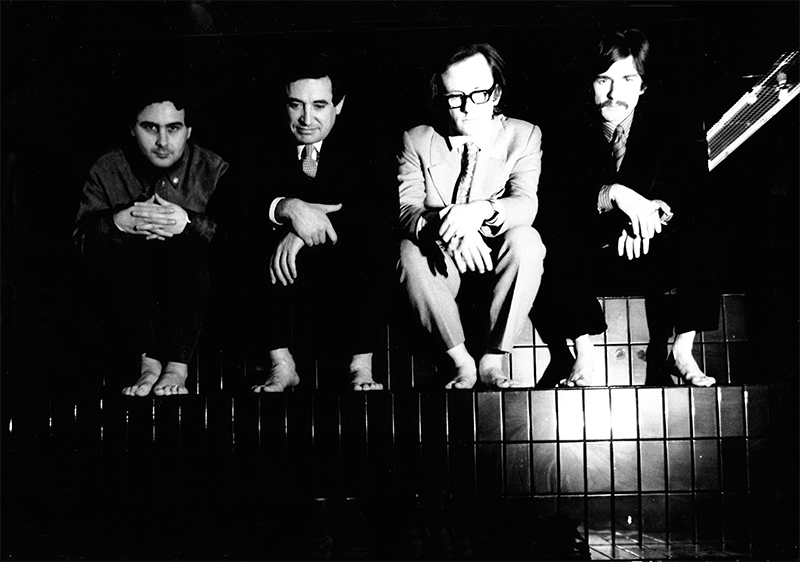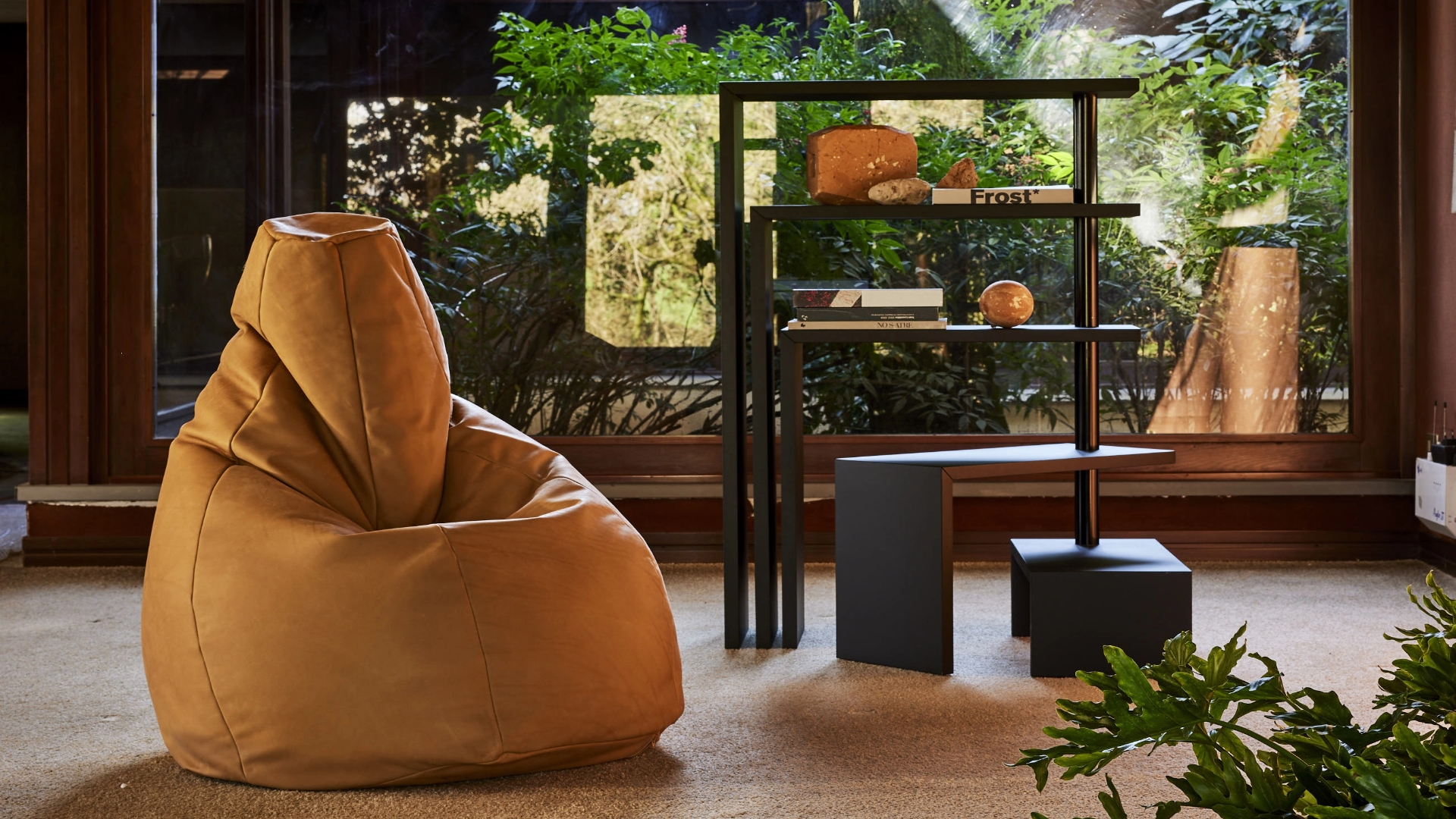Quaderna represents with it's history the utopias of the time.
The Seventies were years of transition and rethinking, but also of visionary utopia which revolutionised parameters, thinking, styles and perspectives. With it's story, Quaderna represents the utopia of those years. The radical movement attempts to "go beyond the disciplinary aspect of design, that is to say the recomposition of contradiction sat formal level, destroying... the usual image of the product". The result is avanguard style which provokes, on the one hand, and creates stimuli for the contemporary world, on the other. “Radical design” openly confuted not just the status of design, but the entire social context in which designers worked. An explicit criticism of the rigidand dogmatic functionalism of the academy, against which the movement wished to be seen as a liberating vision of life and design.
In 1969 the Superstudio group was working on the “Istogrammi”: objects built on the basis of a spatial mesh with an orthogonal pattern, adaptable to various scales,from design to town planning, hence the famous “Monumento continuo”. A sort of “Artificial landscape” that can be extended at will, like alarge network, “connecting” everything. The theory of the Istogrammi led to the theory of an infinite world of objects yet to be invented that range from the pure flat surface, to the item of furniture, to architecture.
Superstudio designs a single chequered surface which in the catalogue of thebSerie Misura "M" dating back to 1969-72 includes a table, bed, chair, bench, coffee table, desk, wardrobe, stool, etc. Wooden furniture and objects covered with Print printed plastic laminate, finish 6, designed in 1969 by Superstudio on the occasion of the travelling exhibition L’invenzione della superficie neutra, conceived by Archizoom, Clino Trini Castelli, Ettore Sottsass, Georges Sowden and Superstudio and manufactured solely for the Serie Misura “M”.
Part of the Serie Misura “M” is subsequently produced by Zanotta under the name Quaderna.
Archive images: courtesy of Archivio Toraldo di Francia, Filottrano
.png)
.png)
.png)

